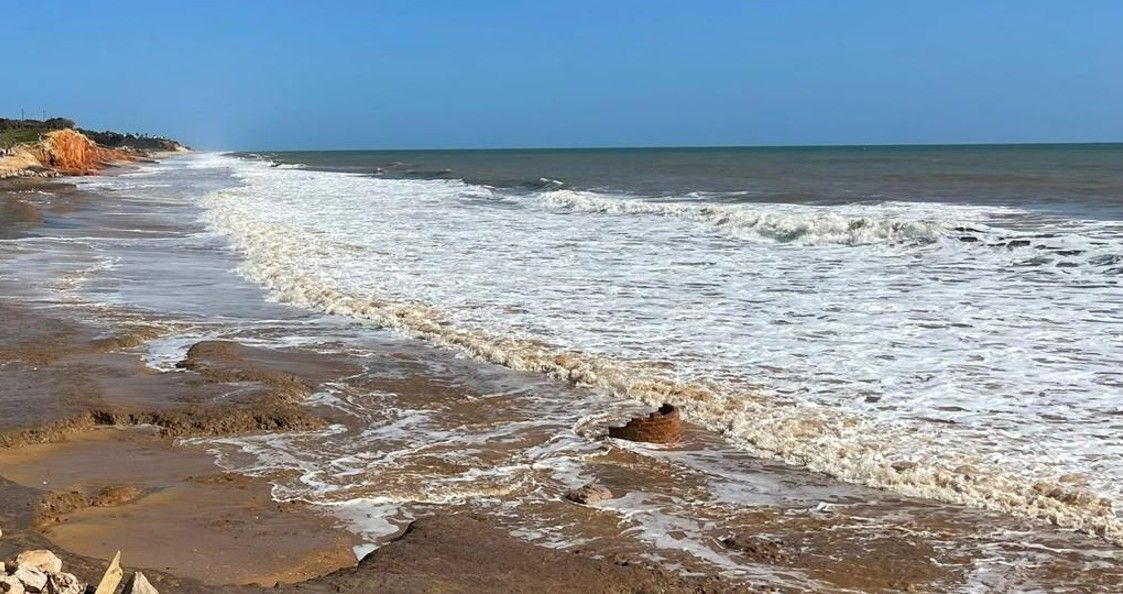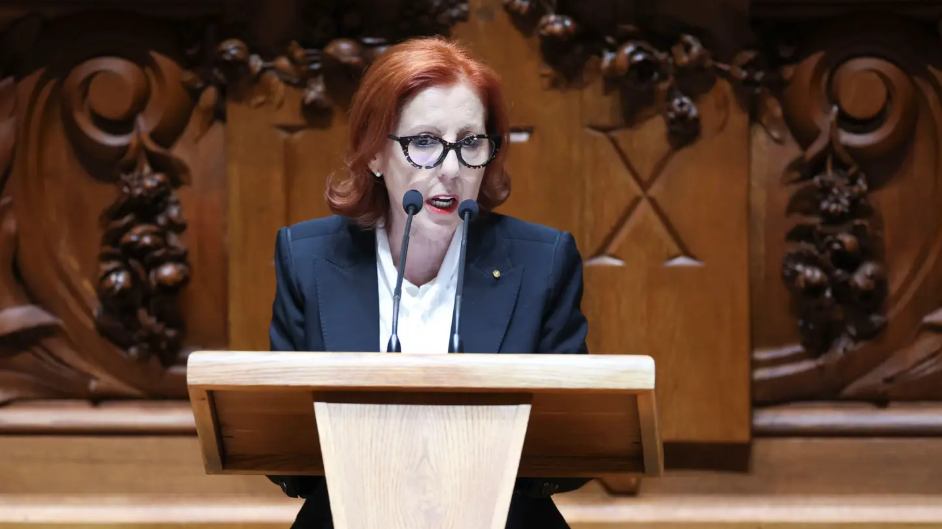"I bring you news, which was also announced after the last Council of Ministers, that we have approved and completed the entire process for injecting sand precisely on this beach, [a stretch] of 6.5 kilometres to Quinta do Lago," Maria da Graça Carvalho told reporters.
The minister was speaking during a visit to Quarteira, in the municipality of Loulé, in the district of Faro, the area of the Algarve most affected by coastal erosion. It's home to Praia do Forte Novo, whose sand often disappears in winter due to storms, which also destroy access roads.

"Quinta do Lago no longer needs it, but Garrão, Vale do Lobo, and from here in Quarteira onwards, are very important because, as you can see, there's a huge lack of sand here. In fact, those walkways you see from here have receded. This beach has receded several meters, it receded several meters during this winter, and therefore, it's a major intervention costing 14.3 million euros," she added.
According to the minister, authorisation has already been granted for the investment and the tender process should open soon, with everything ready for construction to begin immediately after the summer season, considering that the tender process for the project takes four to five months.
"When the next bathing season begins next year, the work will be complete. That's our timetable," she estimated.
Last August, the Minister of the Environment announced a €16.7 million investment to protect the Algarve coastline, with work on coastal areas in Loulé and Portimão, totalling eight kilometres.
The largest operation is planned for the Quarteira-Garrão (Loulé) section, with an investment of €14.3 million. This involves artificially replenishing the seabed, covering a 6.6-kilometer stretch, combining sand replenishment with cliff protection.
The 1.5-kilometer stretch between Vau and Três Castelos beaches (Portimão)—with an estimated cost of €2.4 million—aims to utilize excess sand accumulated over recent decades at Praia da Rocha to offset erosion on neighbouring beaches.
The project will be funded by the Sustainable 2030 Program, which aims to enhance natural resources and promote sustainable development.















